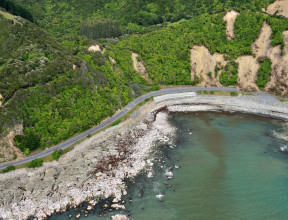
Hōretireti Whenua Sliding Lands
As a hilly country with high rainfall and frequent earthquakes, landslides are an ever-present hazard in many parts of the country, with climate change likely to increase the risk of landslide events.
- Landslides
Unfortunately you are viewing this website on an outdated browser which does not support the necessary features for us to provide an adequate experience.
Please switch to a modern browser such as latest version of Google Chrome, Mozilla Firefox, Apple Safari or Microsoft Edge.
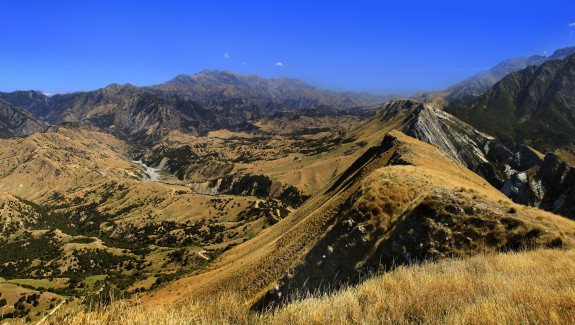
Our purpose is to undertake research that enhances our understanding of geological and Earth system processes and increases Aotearoa New Zealand’s resilience to natural hazards and climate change.
We aim to drive innovation and growth that ensure risk, the environment and our natural resources are sustainably managed for a cleaner, safer, more prosperous future.

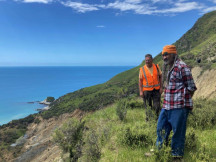
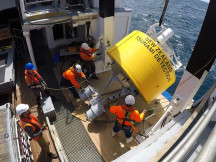
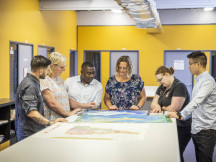
Uia mai koe ki ahau, “He aha te mea nui o te ao?” Māku e kī atu, “He tangata, he tangata, he tangata.”
If you were to ask me, “What is the most important thing in the world?” My reply will be, “It is people, it is people, it is people.”

As a hilly country with high rainfall and frequent earthquakes, landslides are an ever-present hazard in many parts of the country, with climate change likely to increase the risk of landslide events.
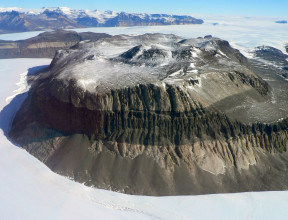
Over the summer of 2016/17, a team drilled sediment cores on the summit of Friis Hills to understand Antarctica’s past climate.
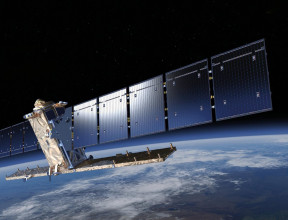
How measuring millimeters from space is possible.
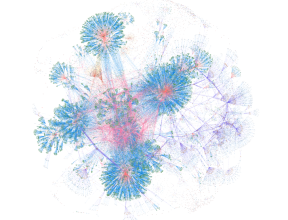
The projects in this programme use modern data science methods for earth science research and help to grow data science capabilities across GNS Science.